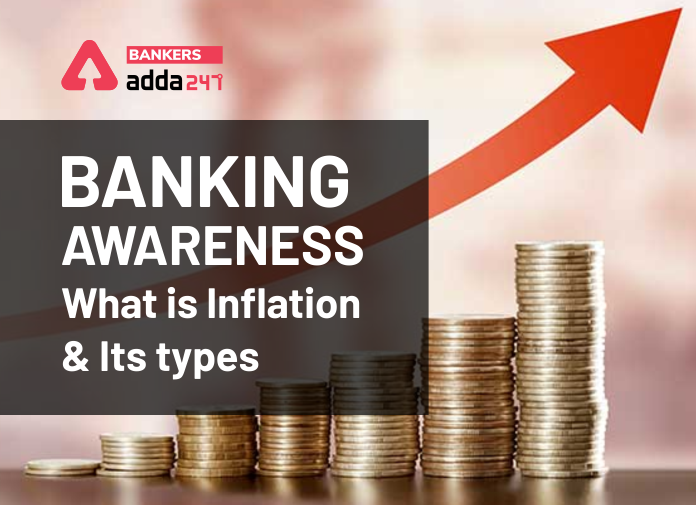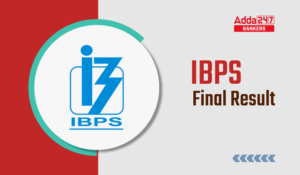Table of Contents
If you are a banking aspirant then you must be knowing the importance of banking awareness as a lot of questions are asked from this topic. In some of the exam a separate section is dedicated to this topic only in General awareness. It also helps you in your interview as maximum number of questions are asked from this topic. In this article, we will be discussing about Inflation and its type.
Also check,
| What is MCLR? | Bank Cheques: Different Types of Cheques and its features | What Are NBFC And Their Functions |
What Is Inflation?
Inflation is a condition when demand is more and goods are less. To meet the demand, the prices of the commodities are increased or It can also be described as the persistent rise in the price of all goods and services over a period of time. There are certain factors that influences inflation in India. One of the major factors to be taken into account is the population, unbalanced economic growth, demand for more money and increased taxes. It has adverse effects on consumers.
One of the drawback is that the day to day goods are sold considerably at a higher rate which makes it difficult for the consumers to afford their basic needs which results in the need for money increases which is one of the major cause.
Price indices is the factor which helps to measure the rate of inflation and it is of two kinds—Wholesale Price Index (WPI) and Consumer Price Index (CPI).
Also read,
| How To Manage Mental Stress During Lockdown? | Share Your Success Story And Inspire Others | Lockdown 2.0 – What are Red, Orange and Green Zones? |
Types of Inflation
Demand – Pull Inflation
Demand – Pull Inflation, It happens When there is a mis-match between demand and supply, it will eventually pull up the prices. we observe two cases. In first case, there is a increase in demand over the same level of supply while In second case, the supply decreases with the same level of demand and In both cases we can observe demand-pull inflation arise.
Cost – Push Inflation
When there is an increase in factor input costs pushes up prices. All those factors which could contribute to Cost-Push inflation are: increases in corporate taxes, rising wages, and rising raw materials cost.
Low Inflation
Low inflation takes place in a longer period and the range of increase is usually take place in ‘single digit’. Such inflation is alsoreferred to as ‘creeping inflation’.
Also Read,
| Upcoming Bank Exams 2020 | Government Jobs for Graduates 2020 | Consumer Price Index: Definition, Types, Measurement |
What Is the Impacts of Inflation?
- It results in slowing down the economic growth rate.
- Due to Inflation, it redistributes wealth from creditors to debtors i.e. lenders suffer and borrowers benefit out of inflation.
- Inflation results in Prices hike, that mean you pay more money for the same product which you got it lesser earlier.
- As there is rise in inflation, lending institutions feel the pressure of higher lending.
- We also observe, Investment in the economy is boosted by the inflation (in the short-run).
- It results in the decline of the standard of living.
- It usually helps The export segment of the economybecause it benefits due to inflation.
- Inflation gives an economy the advantage of lower imports and import-substitution as foreign goods become costlier because increased inflation should also increase the exchange rate (currency depreciation). If you can trade foreign currency for more domestic currency, then exports should increase and (conversely) imports should decrease.



 IBPS Final Result 2025 Coming Out Tomorr...
IBPS Final Result 2025 Coming Out Tomorr...
 Simple Tips to Avoid Common Mistakes In ...
Simple Tips to Avoid Common Mistakes In ...
 Important Topics & Shortcuts for IDB...
Important Topics & Shortcuts for IDB...


